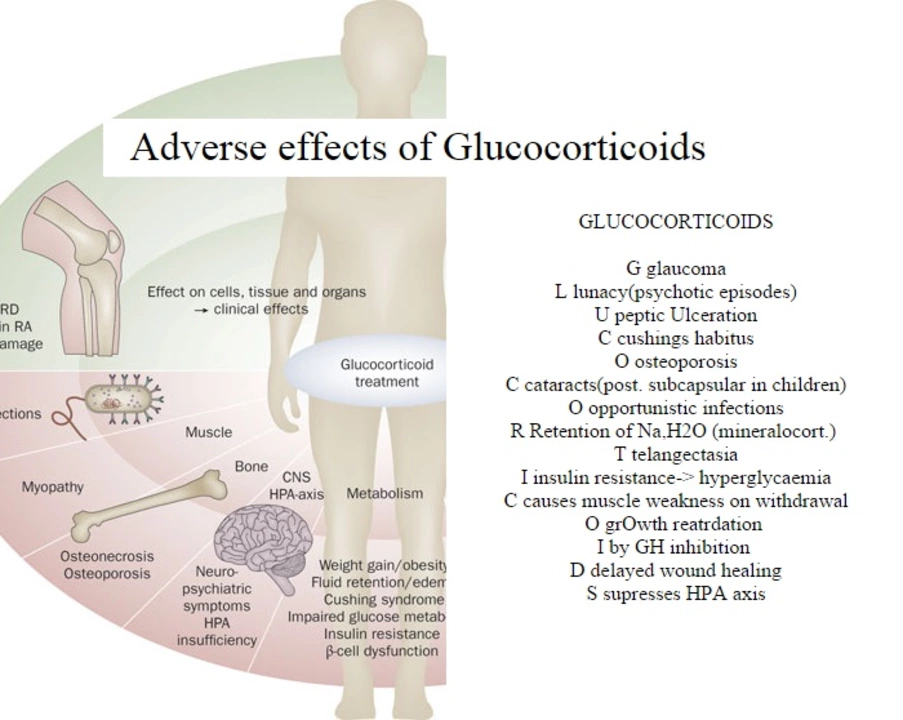Children: Practical Tips for Medicines, Safety, and Buying Online
Kids get sick often and parents need clear, practical help. Knowing how to give medicines safely, how to read labels, and when to see a doctor makes a big difference. This page gathers easy-to-use advice so you can act with confidence.
Giving medicine safely at home
Always dose by weight, not age, when possible. Pediatric dosing is often listed as mg per kg — if you don’t have that, ask your pediatrician or pharmacist for the correct dose. Use an oral syringe or dosing cup, not a kitchen spoon. Milliliters (mL) are more accurate than teaspoons.
Keep liquids refrigerated or stored as the label says. Never crush extended‑release or coated tablets; that changes how they work. If a child spits out or vomits shortly after taking medicine, call your doctor or pharmacist before giving more.
Watch for common red flags: rash, breathing trouble, swelling, extreme drowsiness, or unusual behavior after a dose. Stop the medicine and seek urgent care if any severe reaction appears.
Choosing the right medicine and formulation
Children often do better with liquid forms, chewables, or dissolving tablets. Flavored options can help but stick to the exact active ingredient and strength your doctor recommends. Don’t substitute adult tablets or higher-strength forms without checking with a professional.
Avoid routine use of over‑the‑counter cough and cold medicines for very young children; check official guidance or ask your doctor. For fever and pain, acetaminophen and ibuprofen are commonly used, but dose them correctly by weight and follow time intervals on the label.
If your child has asthma or allergies, use child-specific inhalers, spacers, or nasal sprays set up by a healthcare provider. For chronic conditions, keep an up‑to‑date action plan and emergency contacts at hand.
When stopping or changing a medicine, talk to the prescriber. Some drugs require gradual tapering to avoid withdrawal or other issues.
Buying medicines online: smart checks
Use licensed pharmacies and look for clear contact info, a pharmacist you can reach, and verified reviews. Don’t buy from sites that sell prescription meds without asking for a valid prescription. When ordering liquids or temperature‑sensitive meds, check shipping methods so the product arrives safe.
Compare prices but don’t choose a site just for the lowest price. If something looks too cheap or the website hides ownership and licensing details, walk away. Save receipts and packaging photos until you’re sure the medicine worked and was correct.
If you’re ever unsure, call your pediatrician or local pharmacist. A quick question can prevent a dosing mistake or a dangerous mix-up. Keep medicines locked and labeled, and you’ll lower the chance of accidents and make sure your child gets the right care fast.

